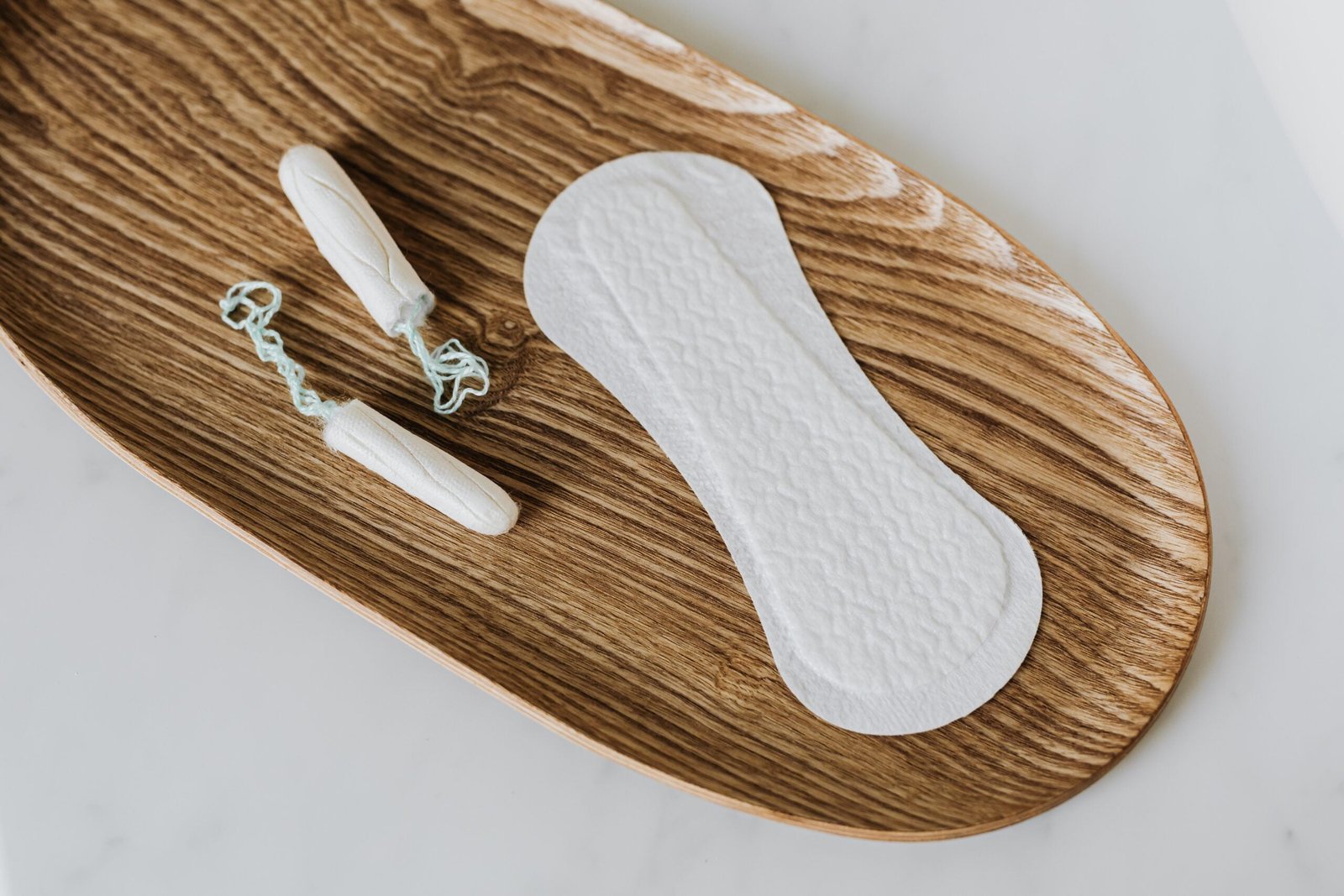Menstrual periods flow duration vary and can range from two to seven days. Flow is often thicker in the first few days, then fades to light or spotting in the final few days.

Is it consistent?
The duration of a typical menstrual cycle is approximately 28 days. This indicates that there is a gap of around 28 days between the first day of one period and the first day of the subsequent period.
However, not everyone follows this standard textbook cycle. It’s possible that you get your period anywhere from 21 to 35 days apart on average.
It’s not usually a red flag whether your periods are closer together or further apart than usual.
Keeping track of your monthly patterns can help you gain a better understanding of your cycle as a whole, as well as indicate any symptoms that you should discuss with a medical professional or another qualified healthcare provider.
What if my periods are more frequent than every 21 days?
There are a lot of different reasons why you can get your period more frequently than once every 21 days.
Until they reach menopause, women who are in the perimenopause stage, for example, may have cycles that are shorter and more irregular than usual.
Other potential causes that could shorten the cycle length are as follows:
- stress
- temporary illness, such as the flu
- significant weight changes
- hormonal birth control
- uterine fibroids
- lack of ovulation (anovulation)
Your cycle will often end on its own accord most of the time.
After six weeks of irregularity, you should make an appointment with your primary care physician if you are still experiencing shorter cycles (having more than one period in a single month).
They are able to evaluate what is causing your irregularity and provide you with advice regarding any further steps that may be necessary.
What if my periods are more than 35 days apart?
Menstruating women typically start having periods between the ages of 9 and 15. During their first year of menstruation, the average woman has at least four periods.
This figure will steadily rise, with the average adult having at least nine periods every year. This means that certain menstrual cycles may come more than 35 days apart.
Occasional tardiness can be caused by:
- stress
- intense exercise
- significant weight changes
- hormonal birth control
- perimenopause
It’s possible that an underlying issue is to blame for your persistent habit of being late. PCOS, or polycystic ovarian syndrome, for instance, has been linked to the following:
- irregular periods
- excess hair growth on the body
- unexpected weight gain
Premature ovarian failure can also cause irregular or infrequent periods in men under the age of 40.
Another option is pregnancy. If you are sexually active, you should consider using a home pregnancy test.
Make an appointment with a doctor if you feel pregnancy or another underlying issue is to blame. They can evaluate your symptoms and advise you on the next measures to take.
How does my period fit within my entire menstrual cycle?
Menstruation
Day one of your cycle is the first day of your flow.
During this stage, your uterine lining is shed through your vagina throughout a three to seven day period. Your menstrual flow contains blood, uterine tissue, and cervical mucus.
Follicular phase
The follicular phase begins with menstruation and finishes before an egg is produced from your ovaries.
During this time, your brain sends messages to your body to produce follicle-stimulating hormone. Your ovaries create 5 to 20 follicles that contain immature eggs.
Ovulation
Ovulation typically takes place between days 10 and 14 of your cycle.
Your body produces luteinizing hormone in response to an increase in estrogen. It causes the release of a mature egg in preparation for fertilization.
This egg is deposited in your fallopian tube. It will remain there for around 24 hours. If the egg is not fertilized, it will be shed during your period.
Luteal phase
After ovulation, the luteal phase begins and finishes with the first day of your menstruation. It lasts between 12 and 15 days.
Your body manufactures progesterone throughout this time. In preparation for implantation and pregnancy, your uterine lining thickens.
If you do not become pregnant, your progesterone levels will fall. This causes the uterine lining to shed, indicating the start of your new menstrual cycle.
How to Keep Track of Your Period
Keeping track of your period can be as simple as noting when your flow begins and finishes on a calendar.
If you’re experiencing irregularities, you might also want to keep track of:
Volume of flow
Consider how frequently you replace your pad, tampon, or other type of protection. The heavier your flow, the more you change it. Take note of any color or texture changes as well.
Pains and aches
Cramping, particularly outside of menstruation, could indicate another underlying disease. Make a note of the time, location, and severity of the incident.
Bleeding that was unexpected.
Take note of any bleeding that occurs outside of your normal menstrual cycle. Make a note of the timing, volume, and color.
The mood shifts.
Although mood changes can be mistaken for PMS, they can also indicate another underlying condition, especially when combined with menstrual irregularity.
There are also free apps available that allow you to record this data while on the go. Consider looking into:
- Glow
- Eve
- Fertility Friend
The more you log, the more these applications can tell you about your menstrual cycle, fertile window, and other information.
When should you consult a doctor or other healthcare provider?
Although temporary alterations are frequently attributed to stress and other lifestyle variables, continuous irregularity may indicate an underlying health concern.
Consult a doctor or other healthcare provider if you have any of the following symptoms:
- You haven’t gotten your period in three months.
- You have your period more than once every 21 days.
- You have your period fewer than once every 35 days.
- Your periods are longer than one week long.
- You use one or more menstruation products per hour.
- Blood clots the size of a quarter or larger travel through you.
Tracking your menstrual flow and other symptoms during your cycle can assist your doctor in determining the underlying problem.
This may require some trial and error, so be honest with your provider and give it some time.

